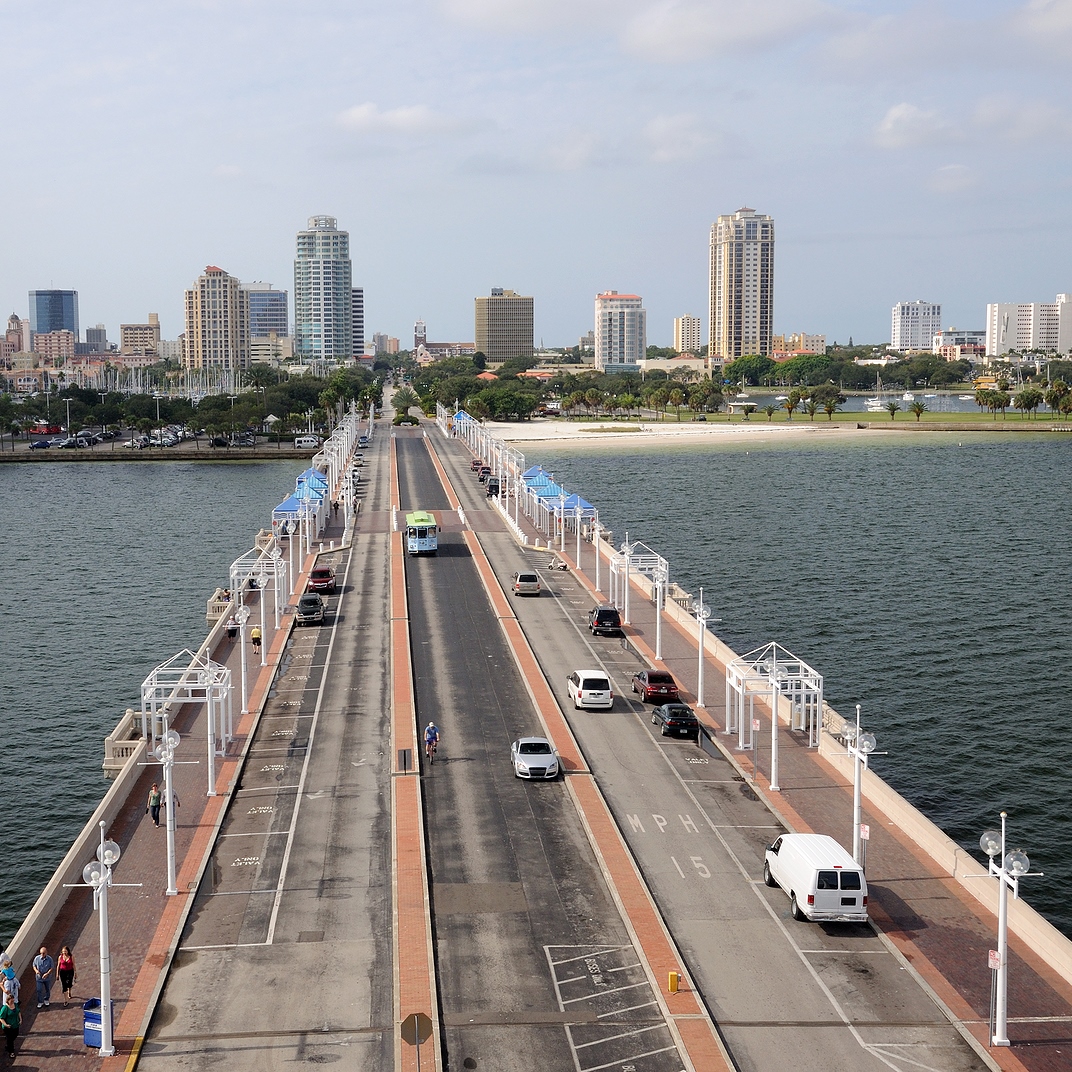Moving homes in St. Petersburg can be exciting—whether you’re settling into a downtown apartment, a suburban house near the beaches, or relocating from Tampa across the bay. But if there’s one challenge that can turn moving day into a headache, it’s traffic. St. Petersburg’s congestion follows predictable patterns, and knowing when (and where) traffic peaks can make the difference between a smooth, efficient move and a frustrating day stuck behind the wheel of a moving truck.
Understanding the city’s busiest traffic times helps you plan better routes, schedule movers efficiently, and avoid unnecessary delays. Whether you’re hiring professionals or driving your own rental truck, timing is everything in St. Pete.
Why Traffic Peaks Matter for Your Move
Traffic in St. Petersburg peaks not just during traditional rush hours but also during seasonal tourism spikes, weekend events, and construction periods. For anyone planning a home move, these variables can easily double the time it takes to get from one neighborhood to another—or even delay your movers’ arrival.
St. Petersburg wasn’t originally designed for today’s population and tourist volume. As a result, roads built decades ago now support far more residents and visitors. During winter months, “snowbirds” flock south, and beach routes like Gulf Boulevard or 34th Street see heavy congestion. In summer, weekend beachgoers and local events like concerts or festivals pack the downtown area. When you’re moving, these same routes can become costly bottlenecks if your moving truck gets caught in gridlock.
When St. Pete Roads Slow Down—And When They Don’t
Morning rush hour in St. Petersburg typically runs from 7:00 to 9:00 AM, with commuters heading downtown or across the Gandy Bridge toward Tampa. Evening rush hour reverses the flow, peaking between 4:00 and 7:00 PM. These windows are when moving trucks crawl at a snail’s pace through intersections, and parking or unloading downtown becomes difficult.
If possible, schedule your moving company before 7:00 AM or after 9:30 AM to avoid the first wave of congestion. Mid-morning to early afternoon (roughly 10:00 AM to 2:30 PM) is usually the sweet spot for moving within city limits—before rush hour builds again.
Weekend moves require special consideration. While weekday traffic is more predictable, Saturday and Sunday congestion can spike around beaches, waterfront parks, and event venues. If your move requires crossing key arteries like Interstate 275 or the Gandy Bridge, check for local events or festivals that could delay your truck. Many movers recommend midweek moving days (Tuesday through Thursday) to minimize these disruptions.
Where the Bottlenecks Hit Movers Hardest
Certain roads in St. Petersburg are known for heavy congestion, especially when moving trucks are in the mix.
- Interstate 275 – The city’s main north-south corridor. Morning and evening backups are common, especially near downtown exits and bridge crossings.
- Gandy Bridge – A notorious bottleneck for anyone moving between St. Pete and Tampa.
- Fourth Street North – A key route through downtown and north St. Petersburg that clogs during peak hours.
- Beach access roads – Especially those toward Treasure Island, St. Pete Beach, and Clearwater during tourist season.
How to Plan a Smarter, Stress-Free Move
A little timing strategy goes a long way. Here’s how to outsmart St. Pete traffic when moving:
- Avoid traditional rush hours: Even a 30-minute shift can save an hour in transit.
- Check live traffic tools: Apps like Google Maps or Waze provide real-time updates, helping movers reroute quickly if congestion builds.
- Confirm with your moving company: Many professional movers in St. Petersburg offer early morning or midday slots specifically to beat rush-hour traffic.
- Monitor weather forecasts: Afternoon storms, especially in summer, can slow moves and increase accident-related delays.
- Use local shortcuts wisely: While GPS apps are great, experienced St. Pete movers often know backstreet detours that avoid construction and major intersections.
If your move involves crossing bridges or traveling between Pinellas and Hillsborough counties, check for construction updates on the Florida Department of Transportation (FDOT) website. Even a single lane closure on I-275 or the Gandy can add 30 minutes to your travel time.
Final Thoughts
Traffic in St. Petersburg may be predictable, but it’s also avoidable with smart planning. By understanding local traffic rhythms, coordinating timing with your movers, and using live updates, you can dramatically reduce stress on moving day.
A fifteen-minute adjustment in your moving schedule could mean the difference between cruising through downtown and sitting idle in a packed intersection. With thoughtful timing and preparation, your move to—or across—St. Petersburg can be smooth, efficient, and even enjoyable.
After all, the sooner you’re done with traffic, the sooner you can start enjoying your new home.
